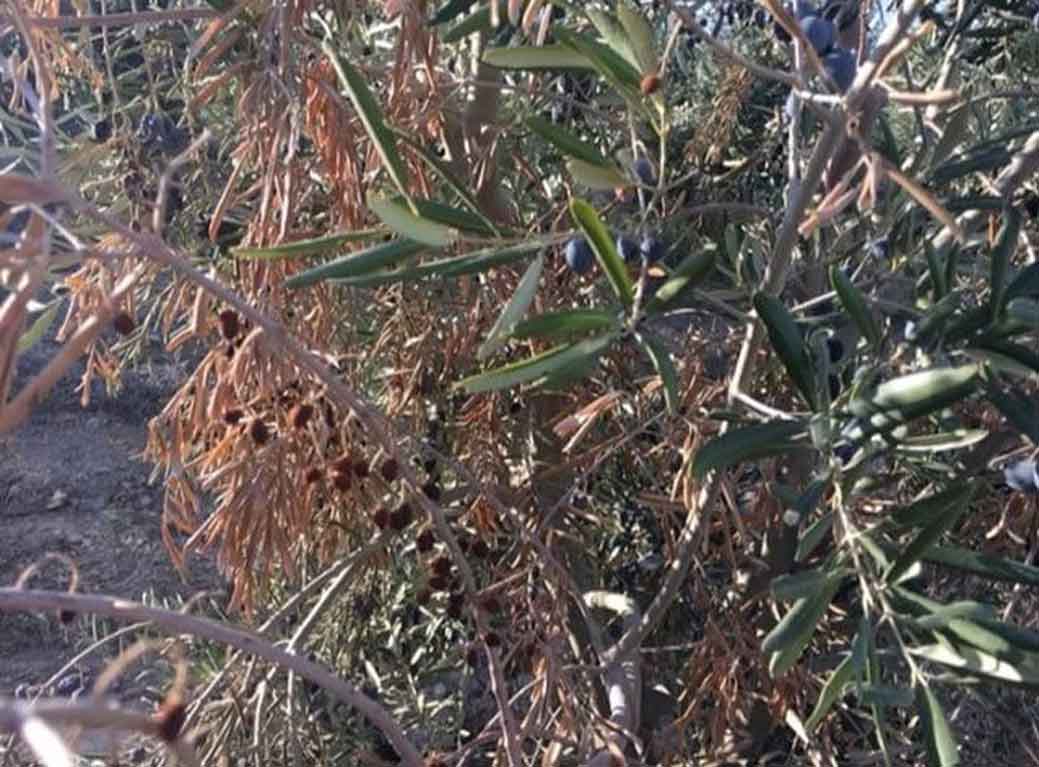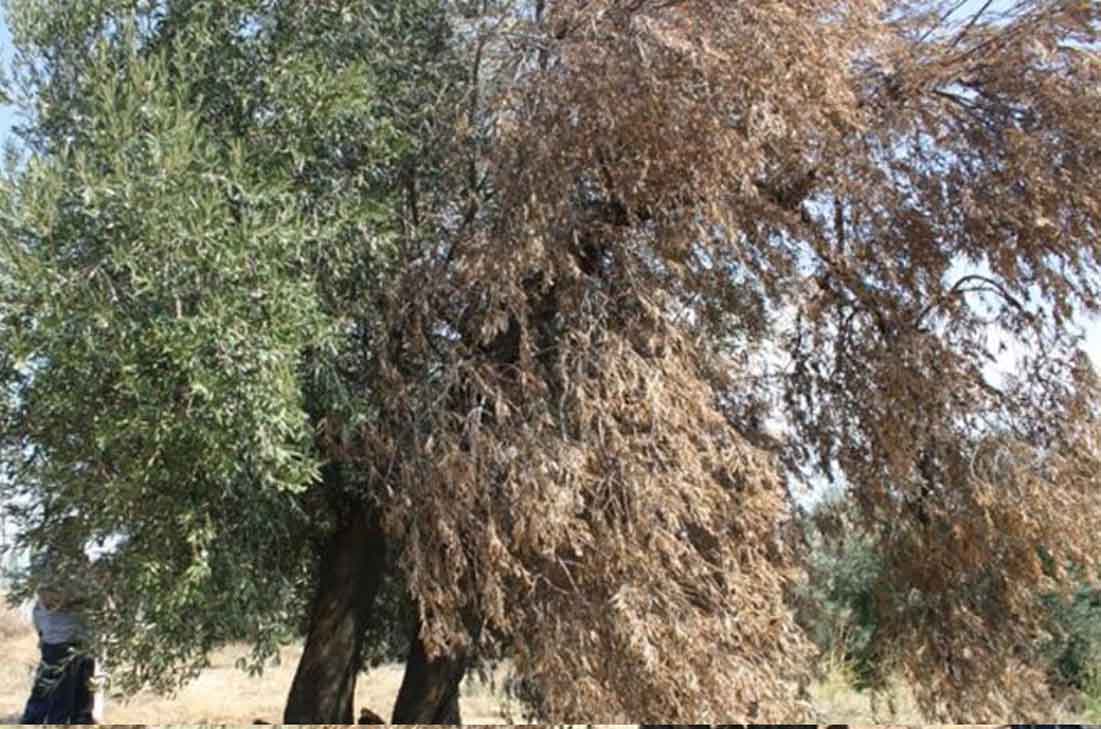|
|
| Verticillium Dahliae |
Verticillium Dahliae Over 300 woody and herbaceous plant species are known to be susceptible to V.dahliae including tomato, eggplant, pepper, potato, peppermint, chrysanthemum, cotton, asters, fruit trees, strawberries, raspberries, roses, alfalfa, maple, and elm. Resistant plants include all monocots, all gymnosperms, apple, crabapple, mountain ash, beech, birches, dogwood, hackberry, hawthorn, linden, honeylocust, oaks, sycamore, poplar, walnut, and willow. V. dahliae occurs worldwide but is more important in temperate zones. |
|
 |
| Verticillium assay is also done on soil, primarily for soils in which solanaceous crops such as potatoes, tomatoes, eggplant or peppers are to be grown. The dark microsclerotia that the fungus produces are readily seen in culture plates. It is assumed that the risk of damage for the crop is higher if the V. dahliae count is high. |
| Verticillium dahliae belongs to the fungal class Deuteromycetes (Fungi Imperfecti), a group of fungi, which do not have a known sexual stage.The vegetative mycelium is hyaline, septate, and multinucleate.The nuclei are haploid in culture. Conidia are ovoid or ellipsoid and usually single-celled. They are borne on phialides, which are specialized hyphae produced in a whorl around each conidiophore |
| Symptoms vary among hosts, and none is absolutely diagnostic. Premature foliar chlorosis and necrosis and a tan to brown colored discoloration or streaking of the vascular system, however, are characteristic of all hosts. Symptoms of wilting are most evident on warm, sunny days. Microsclerotia formed in the dying tissue are frequently visible with a hand lens. |
 |
| Olive Diseases and Pests Verticillium Dahliae dahliae naturally occurs at low levels in soils and grows better at slightly higher temperatures 25 -28 oC. The fungus can overwinter as mycelium in perennial hosts, plant debris, and vegetative propagative parts.The fungus can survive for many years (10 years or more) in soil in the form of tiny, black, seed-like structures called microsclerotia. Microsclerotia can even form on and in the fine roots of many species of resistant plants without causing symptoms. Microsclerotia are stimulated to germinate by root exudates of both host and non-host plants. |
|
| The fungus penetrates a root of a susceptible plant in the region of elongation and the cortex is colonized. From the cortex, the hyphae penetrate the endodermis and invade the xylem vessels where conidia are formed. Vascular colonization occurs as conidia are drawn up into the plant along with water. As the diseased plant senesces, the fungus ramifies throughout cortical tissue then produces microsclerotia, which are released into the soil with the decomposition of plant material. |
| Resistant or partially resistant cultivars of some susceptible plant species are available. Use resistant cultivars and pathogen-free plants whenever possible. Avoid fields previously used for susceptible crops (eg. tomato, cotton, potatoes, and strawberries). Remove and destroy any plants that exhibit symptoms of Verticillium wilt. |
 |
| Soil fumigation with high concentrations of metham-sodium or methyl-bromide is an effective (eradicates the fungus), but fumigation is expensive and hazardous control tactic. Soil solarization in sunny climates can be useful. Fungicides are generally not economical for control of Verticillium wilt. |
|
|
|
|

